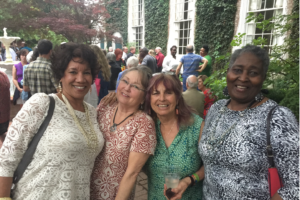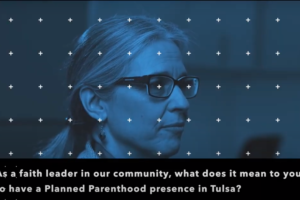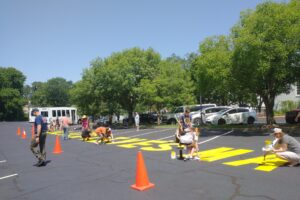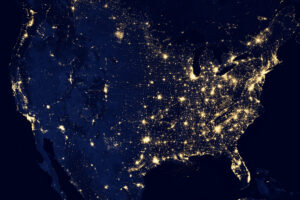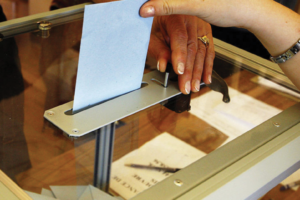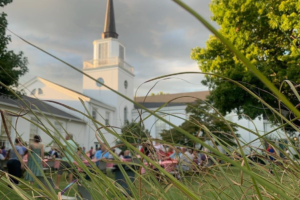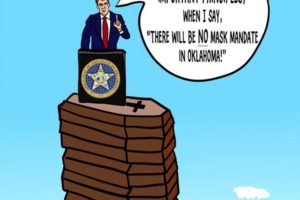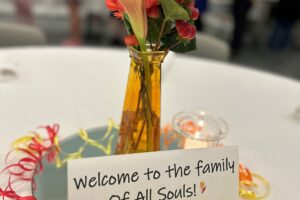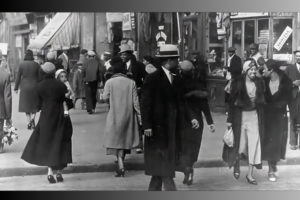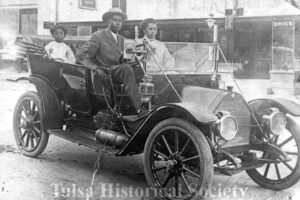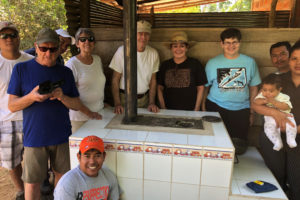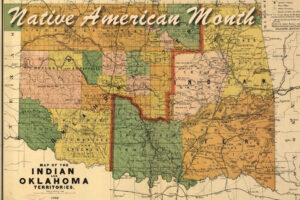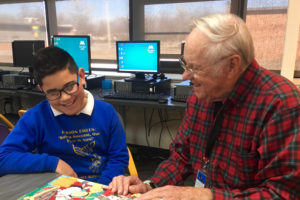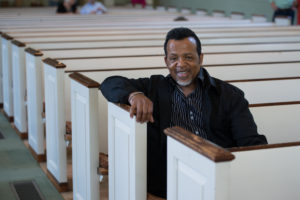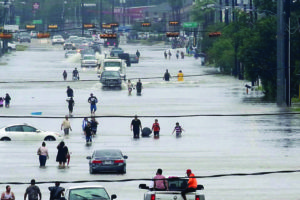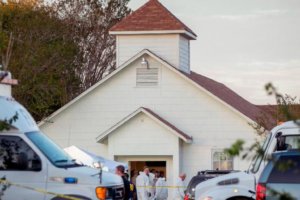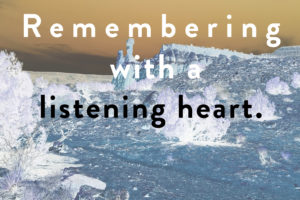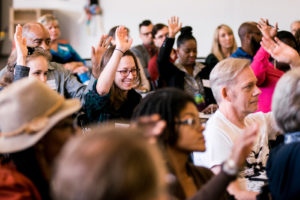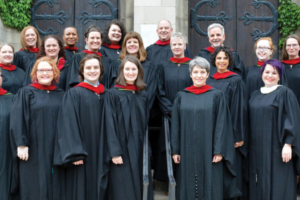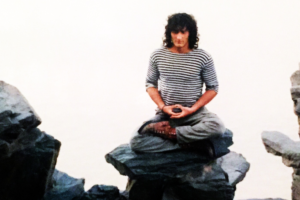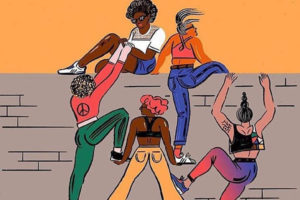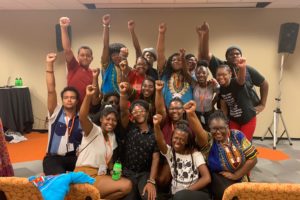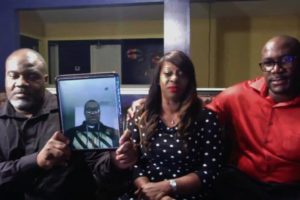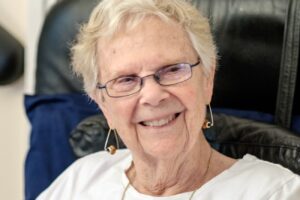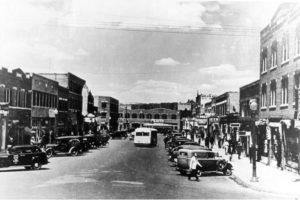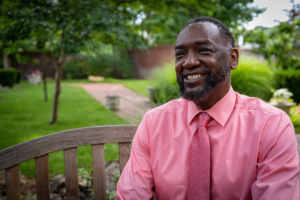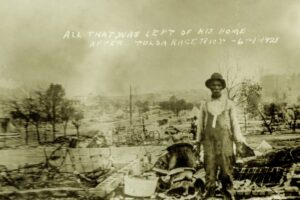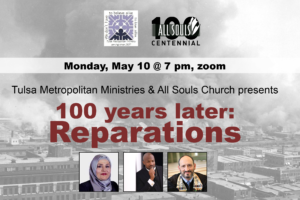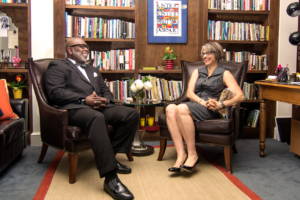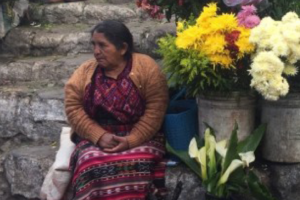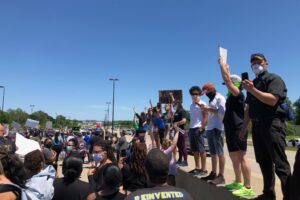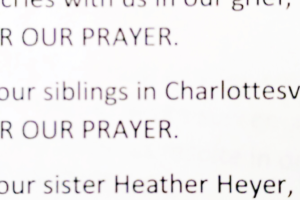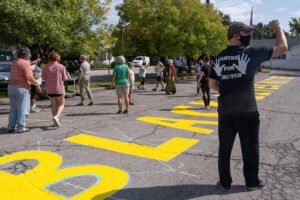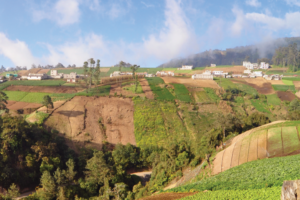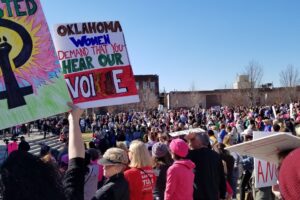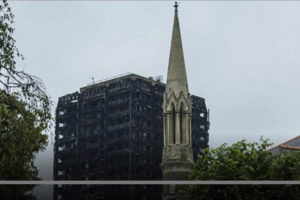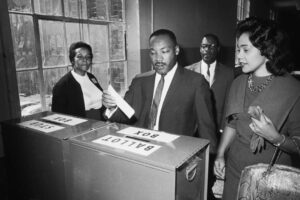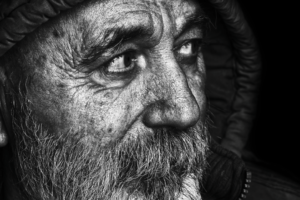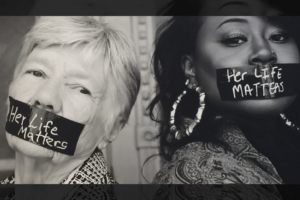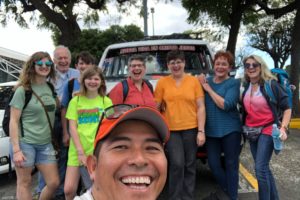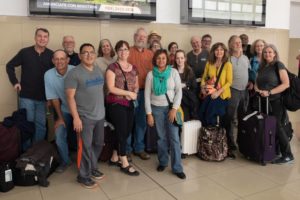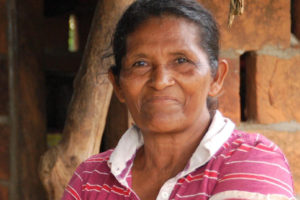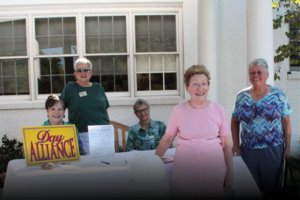UPDATE: In a victory for the Standing Rock Sioux Tribe on June 14, 2017, Judge James Boasberg ruled “the Court agrees that [the Corps] did not adequately consider the impacts of an oil spill on fishing rights, hunting rights, or environmental justice, or the degree to which the pipeline’s effects are likely to be highly controversial.” in a 91-page decision.
In the first week of November 2016, and again in the first week of that December, my husband Joseph Boyd, All Souls former intern minister, and I drove north through the heart of America. Farms, fields, and cities gave way to prairie lands. On our first trip, we were accompanied by All Souls’ members Deborah Fritts, a member of the Cherokee Nation, and Elizabeth Arnett. We became fast friends while driving 15 hours each way… packed in with our camping gear and supplies. We felt blessed by the enthusiastic support of the ministers and the All Souls community.
NOVEMBER
We left Tulsa to answer the Call to Clergy made by Father John Floberg from the Episcopal Church on the North Dakota side of the Standing Rock Sioux Reservation. We were to meet other clergy and interfaith leaders at Oceti Sakowin camp to stand in solidarity with the Water Protectors near the reservation. In recent months before our trip, thousands of people had gathered there to resist the building of the Dakota Access Pipeline (DAPL). Disregarding treaties DAPL, if completed, would carry fracked oil through tribal sacred lands and under the Missouri River, posing a threat to the source of drinking water for millions of people.
Day 1
Arriving at Oceti Sakowin was an otherworldly experience. This makeshift city spread over the prairie, flanked by hundreds of flags representing native tribes and countries all over the world. Among the tipis, tents, campers, and yurts there were kitchens, medic tents, traditional herbalists, and a home school for children. As youth on horseback thundered by and drumming filled the air at regular intervals, campfires burned. At the heart of camp, the Sacred Fire, first lit when the camp was established in April 2016, was kept burning by fire keepers who worked day and night. Seeing all this as we drove into camp, we were awestruck. Activity and connection were amazing. The Standing Rock Sioux referred to the hundreds of other tribes, non-natives such as I, the police on the edge of camp, and pipeline workers, as relatives. We were all brothers and sisters. Children laughed and chased each other around the camp. Worldly strangers became friends. Tribes, some who were historic enemies, shared stories. People volunteered to chop firewood, cook meals, and build housing. This was real.
Unbeknownst to us, Water Protectors on the edge of camp were participating in an action. As they stood, unarmed, and singing in prayer—on their own lands and in the river which they felt obligated to protect—militarized police were spraying pepper spray and firing rubber bullets. Officers had been given orders to protect the encroaching pipeline—not the people. Medics worked double-time to treat dozens of people suffering from pepper spray burns and hypothermia, simultaneously. Those who refused to leave the action site, including elderly tribal members, were arrested and kept in overcrowded jail cells. This attack on Water Protectors was hardly mentioned on mainstream news. This was real too.
Reality struck home at the camp’s mandatory direct action training session. We must commit to non-violence at all times. Police could use violence against us. We were taught how to prepare and we signed legal documents. With shaking hands, in permanent marker, I wrote the phone number of a jail support hotline on my forearm.
Day 2
Father Floberg had spoken with police—at gunpoint—to ensure the Call to Clergy interfaith action would not be targeted by officers. At the action site, members of clergy and faith communities gathered around the Sacred Fire and publicly repudiated the Doctrine of Discovery—a 15th century church document justifying the oppression and colonization of Native American lands. More than 500 clergy members looked into the faces of tribal elders, and repudiated the 500-year-old document. As elders burned copies of the document, we cheered and cried. They forgave; we were forgiven.
As this incredible event took place, police officers, a sniper on the hill, and a circling helicopter, watched our every move. Regardless of the armed attention, clergy took turns reading statements of solidarity, and sharing traditional prayers and songs. Christians, Buddhists, Catholics, Jews, Unitarian Universalists, Muslims, Hindus, and Humanists—everyone—all prayed with our indigenous brothers and sisters. We prayed for the police and pipeline employees too. After all, we are all relatives.
Back Home
Back in Oklahoma, we continued to stand with our relatives who remained at Standing Rock. We joined the local activist group, Tulsa Stands with Standing Rock, at rallies and, later, All Souls partnered with them to host a panel discussion with Native American activist, Dennis Banks. Joseph, Elizabeth, Deborah, and I spoke to the congregation about our experiences. Chief Arvol Looking Horse, a Standing Rock Sioux spiritual leader, called for a Day of Prayer on December 4. All Souls ministers planned to stand in solidarity on that day during services and Joseph and I were on our way to camp once again.
December
The camp was covered in snow and had grown. Thousands of military veterans had come to protect the people and ask for forgiveness for centuries of crimes committed against Native Americans by the U.S. government and military.
In the frosty, early morning light, the interfaith community and veterans walked with Water Protectors to the banks of the Missouri. We prayed to the river and, in keeping with Lakota tradition, made an offering of tobacco to its frozen depths. Clergy robes and army fatigues gathered around the Sacred Fire to share prayers, songs, and spiritual teachings. We opened our hearts to our differences and to each other. We prayed for DAPL to hear us and for the Army Corps of Engineers to deny the permit allowing DAPL to drill under the river. We prayed for the safety of our sisters and brothers risking their health and their lives to protect the Earth.
Magic Happened
We were all standing in a giant circle of prayer when a voice announced the Army Corps of Engineers had denied the permit and were not allowing DAPL to drill under the river, forcing rerouting of the pipeline (1).
There are moments when life and magic seem to blur and this was one of those moments. The air was full of celebration, joy, tears, and relief, but also grief. This good news was a result of great pain, loss, and trauma extending from the earliest days of colonization. It seems we live in a world where great progress comes at a cost of great suffering.
Time To Go
When we donated the last of our supplies, said goodbyes, and drove away from the camp, perhaps for the last time, my heart broke open. I am grateful for the people who crossed my path, to the keepers of the fires, to the medics and healers, to those on the front lines, to our Earth and her waters. As a non-native, it is an honor to be an ally on this journey. But being an ally is also a responsibility.
Standing Rock in 2017
In his first week in office, President Donald Trump signed executive actions to advance approval of DAPL’s completion, as well as the previously stalled Keystone XL Pipeline Project. As temperatures rose, tribal leaders asked inhabitants to leave camp because of the risk of snowmelt flooding. Shortly thereafter, the Governor of North Dakota issued a mandatory evacuation order. The mainstream media finally showed up. It was chilling to watch footage of armed police swarming the sacred ground. At the time of this writing DAPL is expected to be operational within three months.
The Standing Rock Sioux Tribe has filed a lawsuit, and given the number of solidarity rallies and movements still happening, the fight continues and the outcome is uncertain. Despite our best efforts, the pipeline is still to be completed, but humanity still has gained something priceless. As an ally to the Native American-led movement at Standing Rock—which was built on the teachings of love, reverence, and forgiveness—I can attest that America has gained back a piece of its soul.
Perhaps for the first time; perhaps like never before.
Sources: Rott, Nathan, and Eyder Peralta. “In Victory For Protesters, Army Halts Construction Of Dakota Pipeline.” NPR. December 04, 2016. Accessed March 10, 2017. http://www.npr.org/sections/thetwo-way/2016/12/04/504354503/army-corps-denies-easement-for-dakota-access-pipeline-says-tribal-organization.


